
Top 10 CRAZY Aviation Facts You Didn’t Know!
Aviation has now become a part of our monotonous daily routine. Researchers and physicists for years have clearly acknowledged the science behind flight and they are still working on it to exert flights to the limits. Flying is the greatest prerogative and we should be thankful to Wright Brothers from the USA, to initiates the world’s first fruitful motor-operated airplane.
Facts About Aviation
Even the most valiant globetrotters are generally unaware of the sneaky facts about aircraft. Most travelers might be oblivious to why the aircraft tires don’t blow up upon hitting the ground, how menacing it is when air craft’s engine stops working or whether it’s safe to drink water from an airplane. We have gathered about 10 crazy aviation facts that will overwhelm your mind and instigate your zealousness for aviation.
Table of Contents
1. Few planes can fly for 5 hours, even when one engine fails:
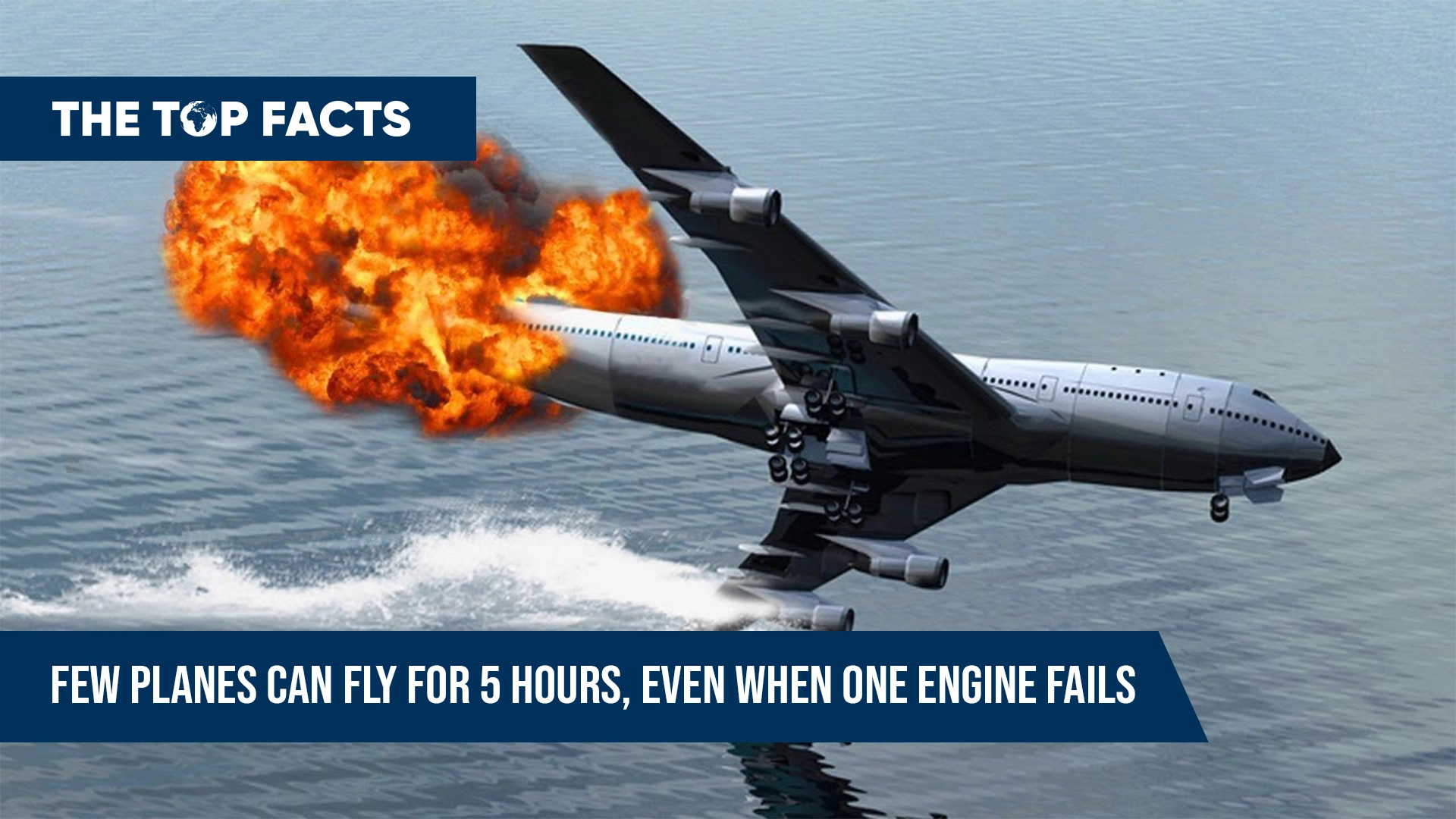
A twin-engine can manage to fly for five hours with one engine out of order. ETOPS i.e., Extended Twin Operations is the terminology used for the safe cruise time span on a single engine. Boeing 787 Dreamliner was honored with 330 minutes ETOPS certificate in 2014. It is capable to fly for more than 5 hours with only one functional engine prior to landing.
2. Aerophobia exists in more than 80% of the population:
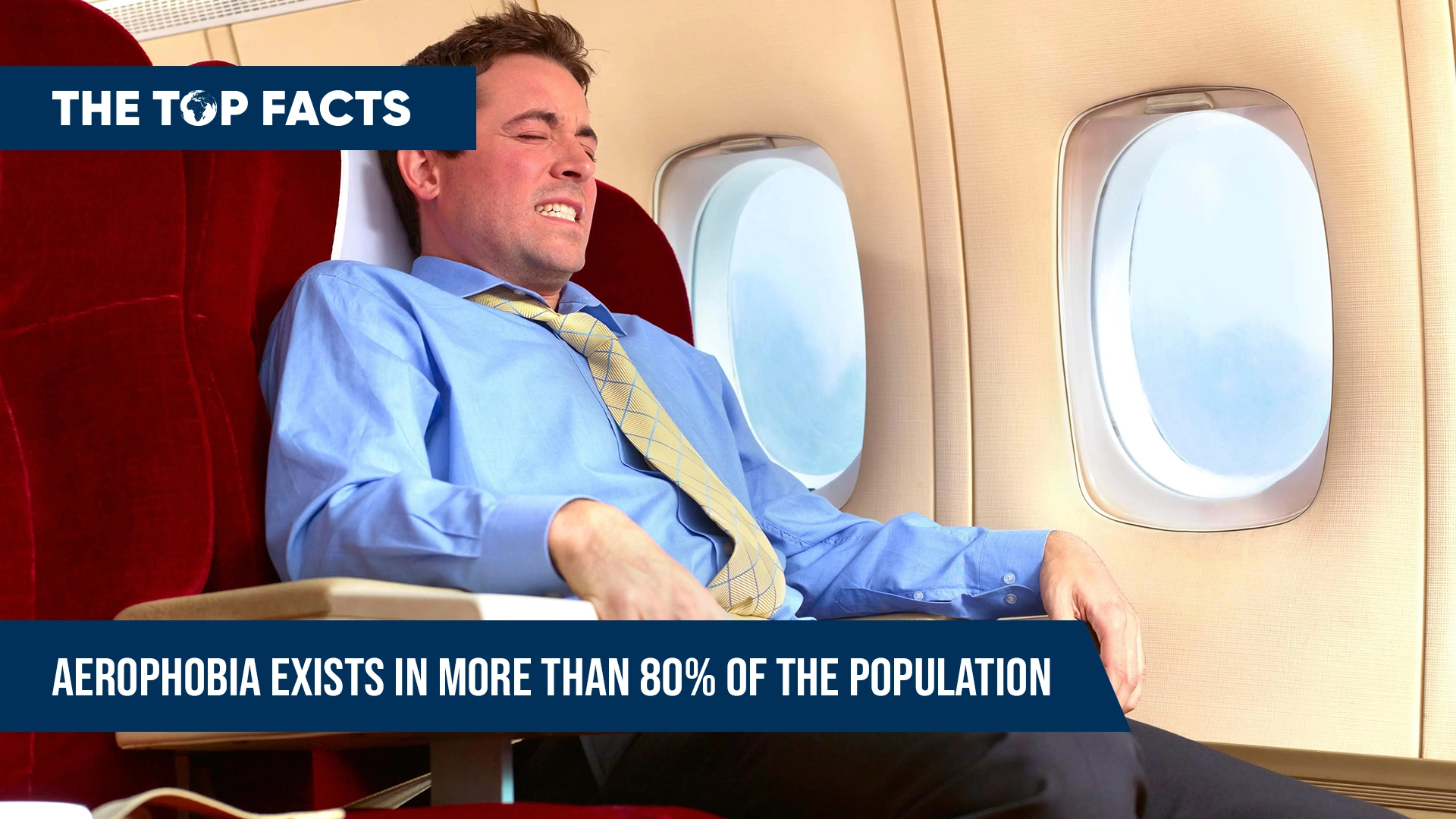
Flying develops a sense of liberty and a lucky chance to venture into the mysterious blue sky. However, the fear of flight or flight anxiety in more than 80% of the population. height phobia, aerophobia, or fear of a plane crash make fliers depressed during air travel. According to researchers, fortunately, air transport is among the safest means of transport.
3. Aircraft air is much drier than the air on the ground:
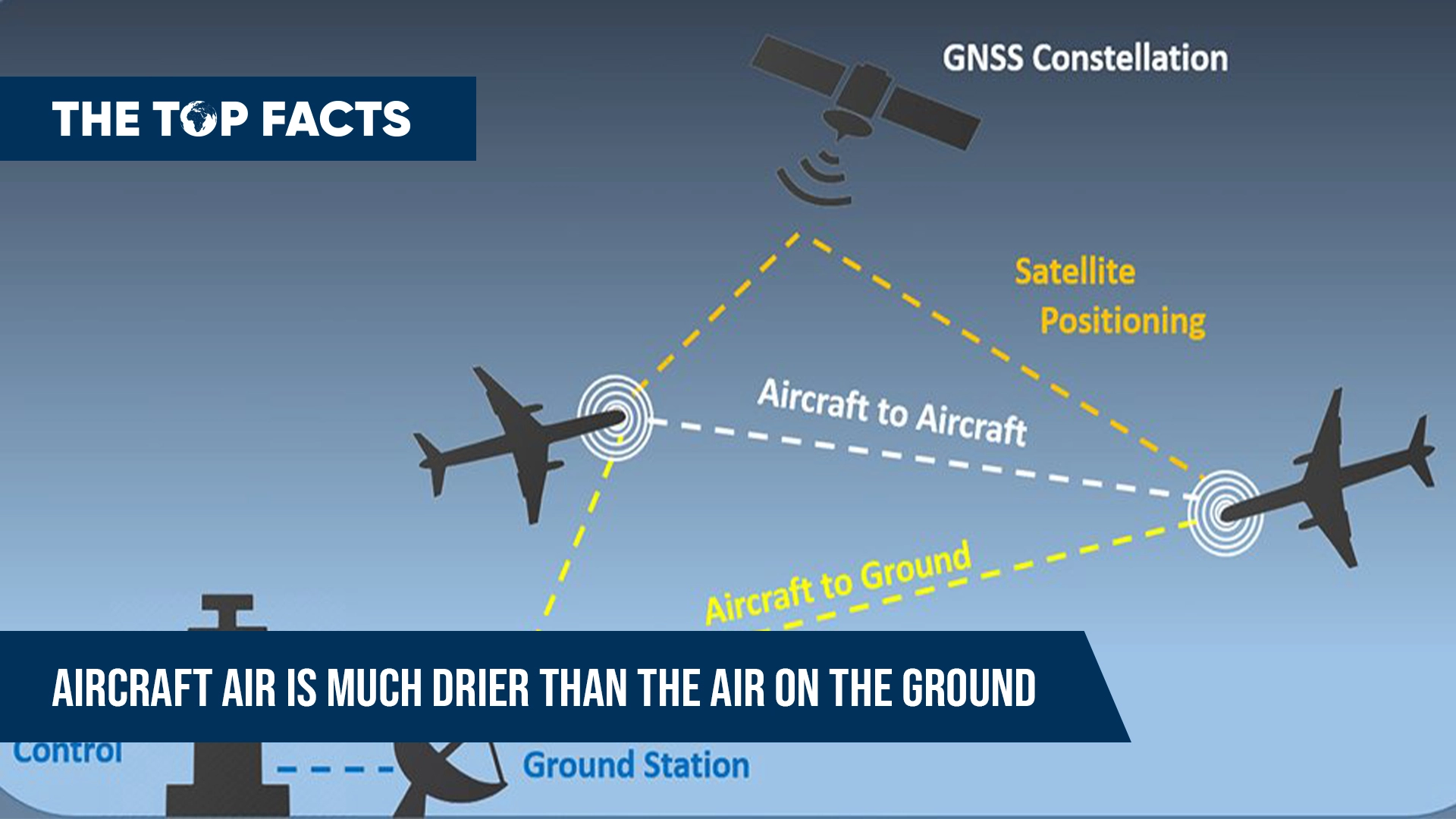
In accordance with the census of the World Health Organization (WHO), the humidity level of an average airplane is less than 20%. This would cause your skin, nose, and throat to feel drier and you have to increase your water intake to avoid dehydration.
4. Pilots are not allowed to have the same meal:
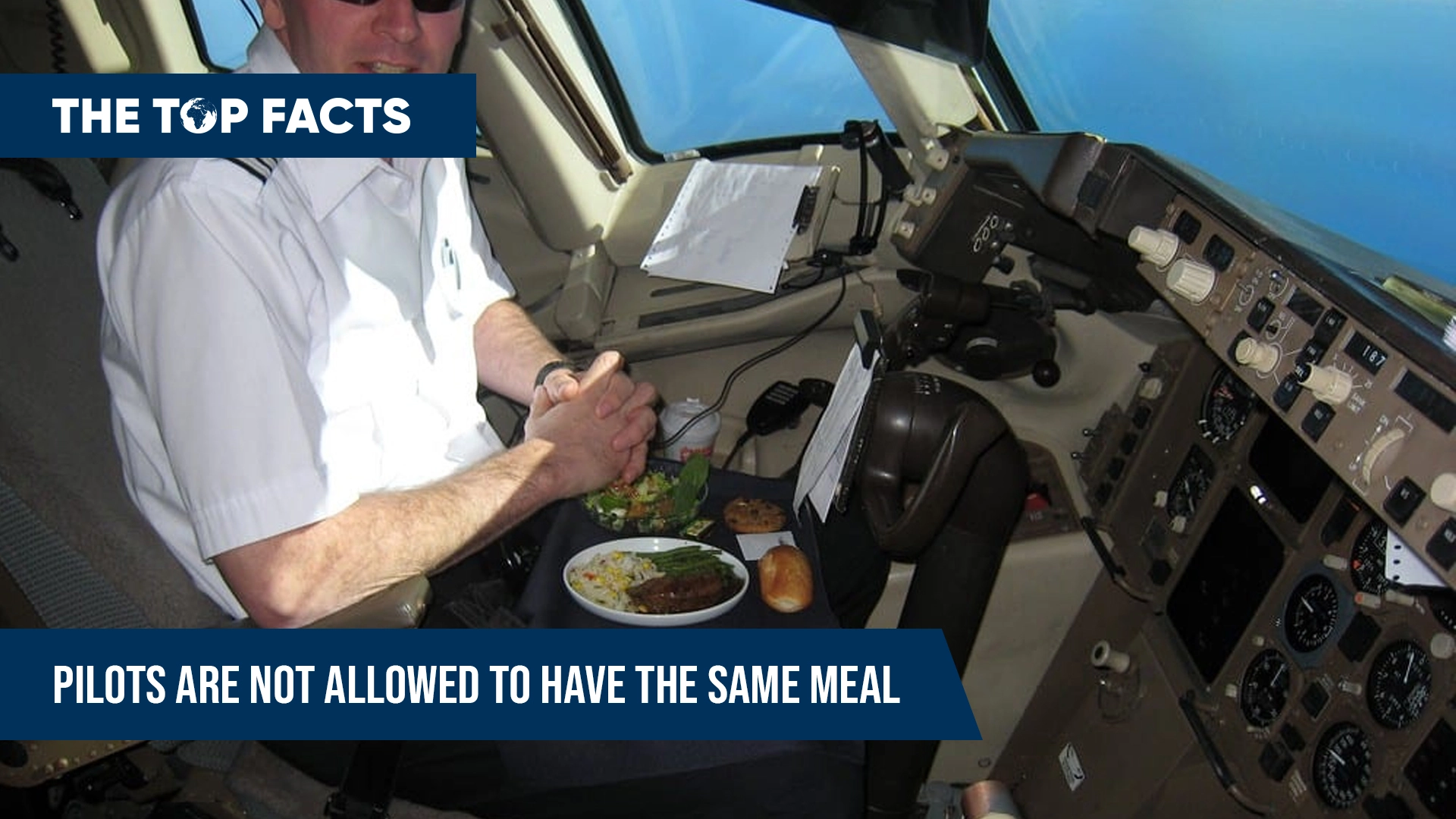
One of the most fascinating facts is that the pilots and co-pilots couldn’t have the same meal. Many airlines instructed that their pilots and co-pilots should eat different meals during flights. The reason behind this fact is that if one pilot got food poisoning or other issues while eating his meal, the co-pilot can take over the plane to assure the passengers’ safety.
5. On flights, you are about 7% way to the edge of space:

While flying you can have a sense that you are astronomically flying so high in the air. However, realistically you would be amazed to know that you are just 7% of the distance to the space. Aircraft are capable to fly significantly higher than their average altitude of 30,000 ft, but they avoid doing so for their passengers’ well-being.
Read More: Top 10 Tourist Destinations in Europe
6. Takeoff and landing are the riskiest phases of a flight:
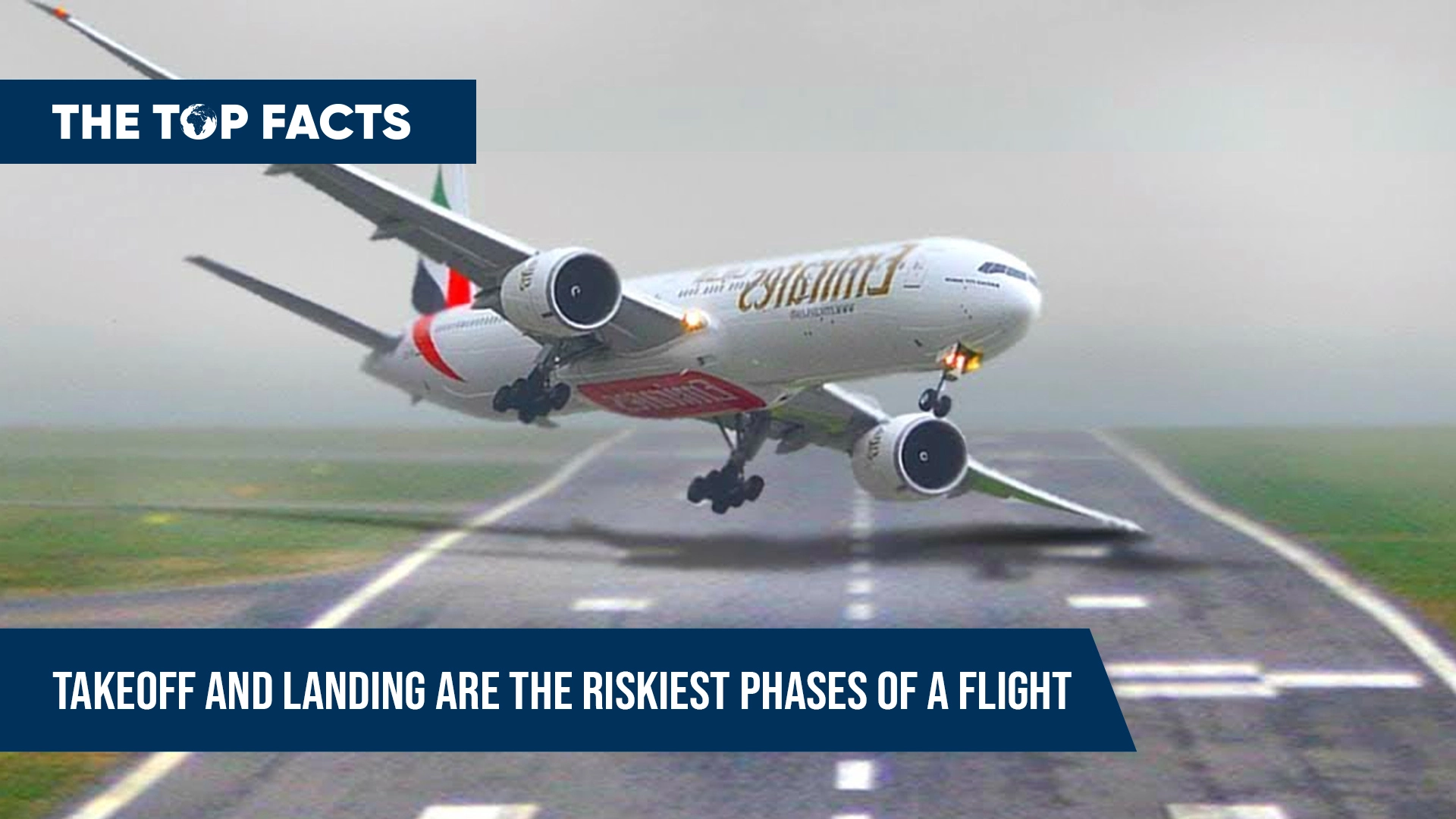
Flying is the safest mode of transportation. However, in accordance with the latest research, about 13% of deadly accidents took place during takeoff or the initial three minutes of a flight. The landing or the last eight minutes of the flight are even riskier, covering 48% of all deadly accidents.
7. Mystery behind the Aircraft lights dimming:
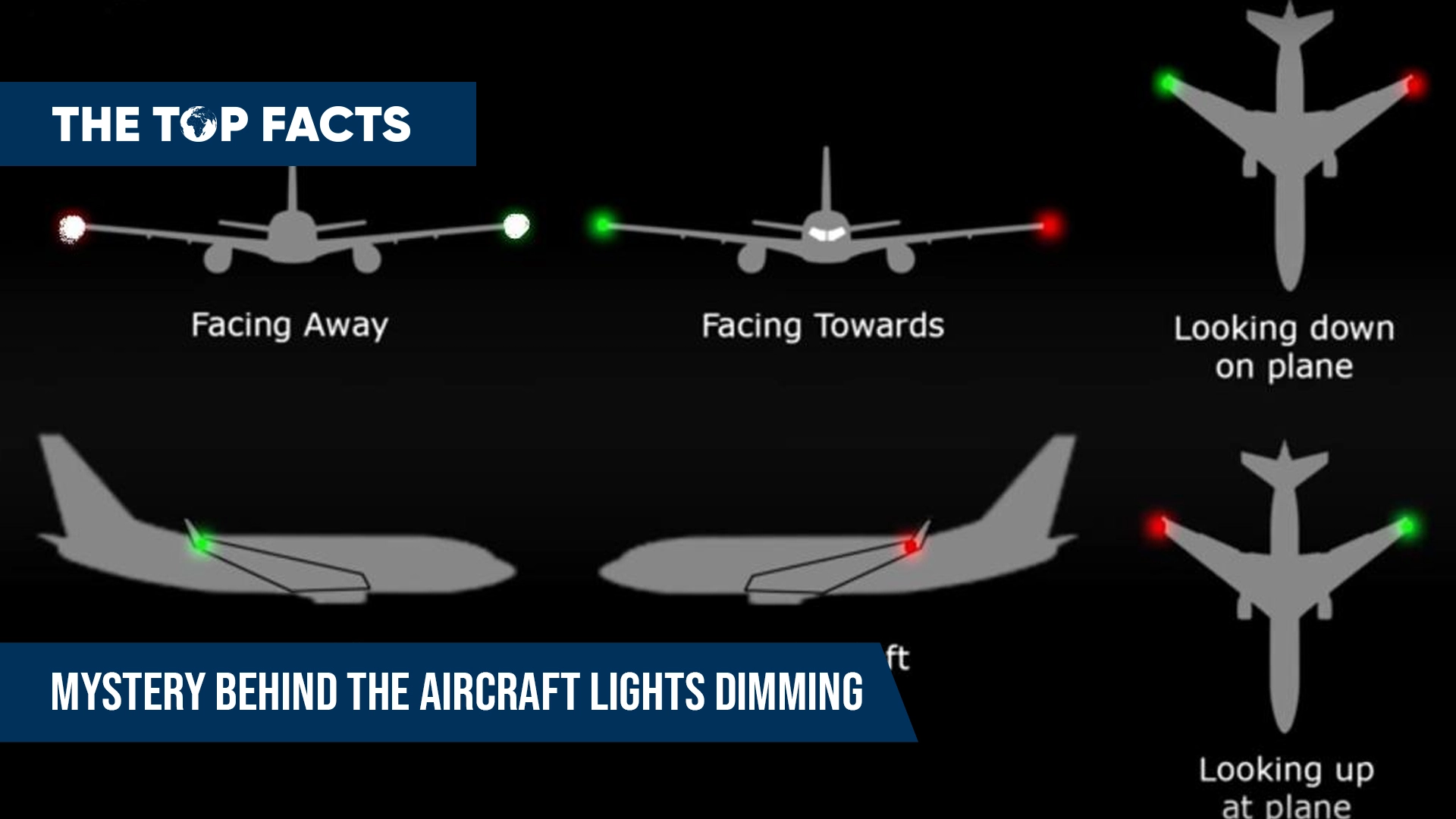
It is quite common to believe that airlines are providing you with a peaceful environment for sound sleep. But the truth is a bit different. Dimming the lights during a flight would help passengers’ eyes to be dark adaptive. This adaptation will eventually be helpful for emergency nighttime evacuation.
Read More: Top 10 Most Interesting Facts About The Airbus A320
8. Airplanes Can Miraculously trigger lightning:
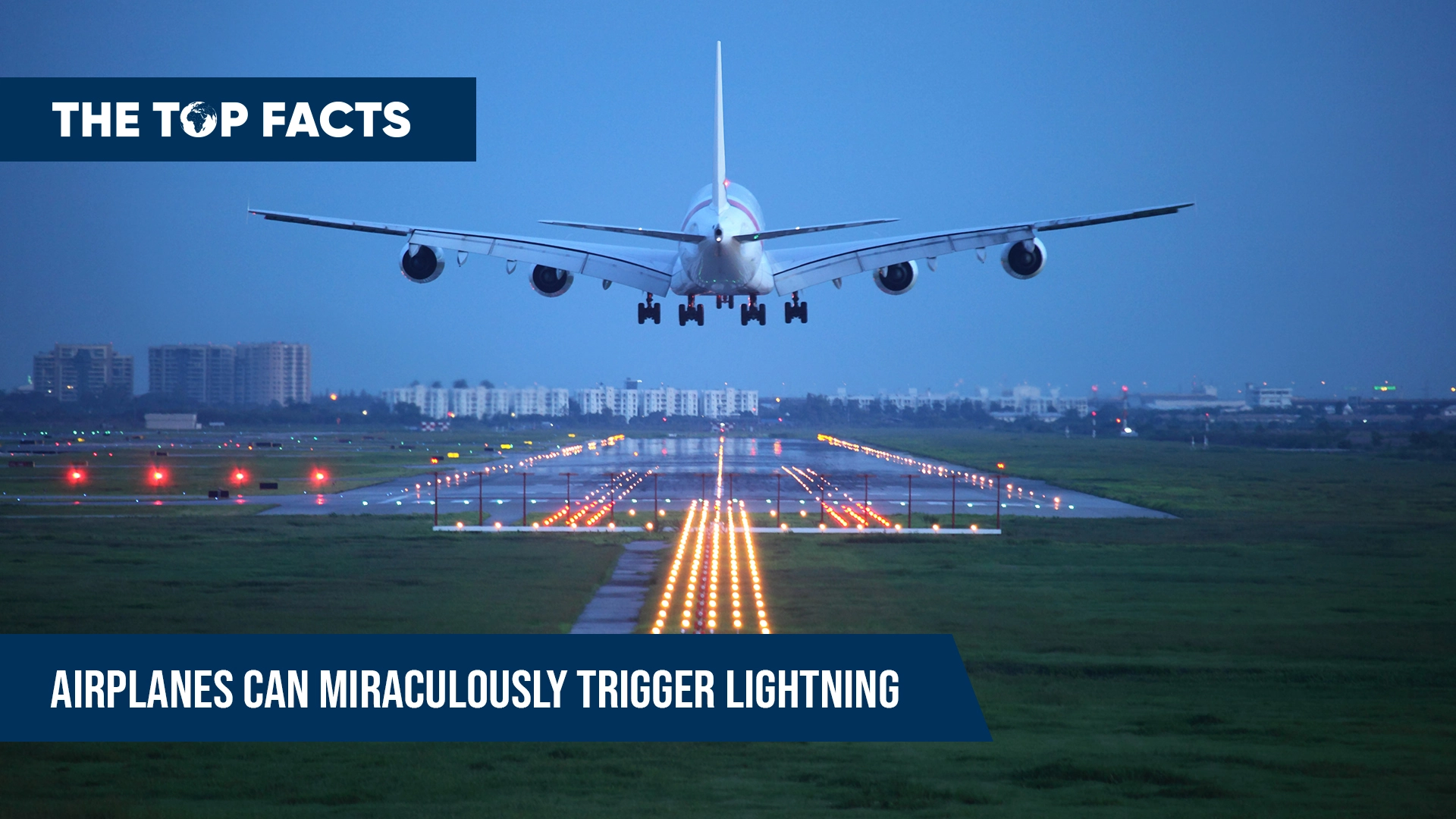
During the flight, a plane passing through clouds would create a static charge that ended up in lightning to form. When lightning hits a plane, the electric charge is uniformly distributed over the conductive aluminum and grounds the interior plane’s electrical system. No plane catastrophe has been reported by lightning since 1967.
9. Think twice to have water in Airplanes:

Pathogens such as staphylococcus and salmonella are in abundance in airline water(Wall Street Journal). Long-haul flights have poor water quality and you may get various water-borne diseases. So, think twice before asking for water in airplanes.
10. Reduced taste bud sensitivity on an airplane:
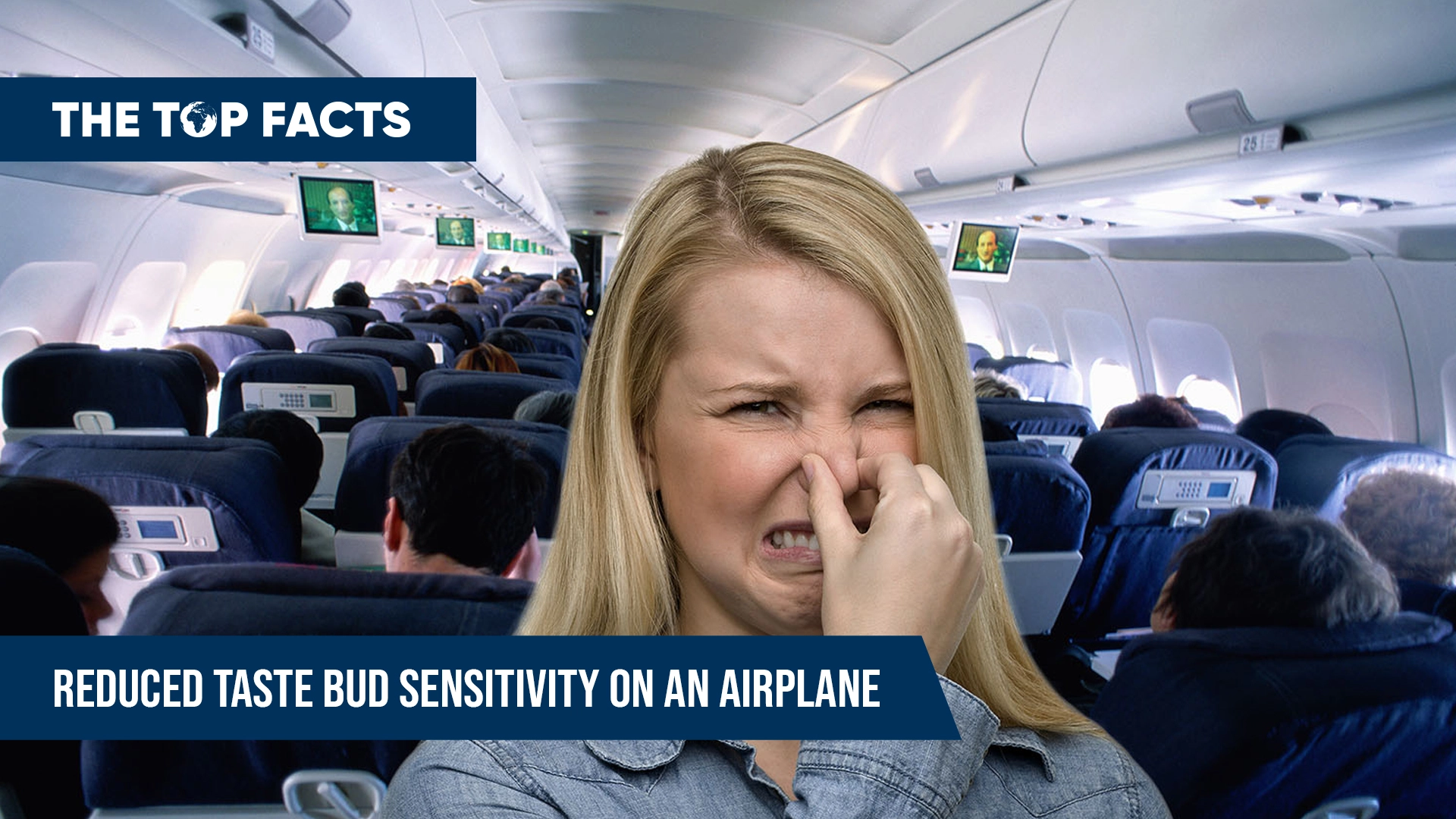
Low atmospheric moisture and air movement above 30,000 feet reduce your taste bud sensitivity. It will alter your odor and taste sensitivity. So, the food will taste different in the air as compared to that on the ground. So, aren’t they amazing aviation facts you would never know?
Read More: 10 Most Powerful Armies in The World
Frequently Asked Questions About Aviation?
Why do pilots sit between passengers?
Airlines have multiple locations, known as bases for pilots to offer flights. Crews are also allocated at various bases. Crews keep on shuffling their bases. So pilots are also able to fly with passengers in the cabin.
Is piloting a male profession?
Fortunately, this is no longer an issue today. Almost in every flight female pilots are assigned to airline cockpits. Male dominance in this profession is due to pilot selection from the military and there was no women quota in the past. Females won’t feel comfortable applying in the cockpit.
Do pilots sleep at night?
Pilots do take a power nap during the flight. They are allowed to take a power nap of 30 minutes on a cruise flight. The co-pilot in the cockpit can take over the plane from him.
Read More: 15 Things All Pilots Hate About Their Jobs
Are pilots allowed to smoke?
The oxygen-absorbing capacity of a smoker is affected. During the flight there is less oxygen supply to the lungs So, the medical specialist will suggest you quit smoking. But it is not forbidden.
What is the deadliest and most unforgettable accident in aviation history?
The most fatal and deadliest disaster was the Tenerife airport disaster. It was a fatal collision between two Boeing 747s in 1977. The crash took away the life of 583 people.
What are the 5 most significant moments in the history of flight?
Pin it down to only five moments is a difficult task to do, but we have mentioned a few front runners here.
- The first hot air balloon (1783)
- The First Flight by Wright Brothers (1903)
- First aerial refueling (1923)
- Breaking the sound barrier (1947)
- First man on the moon (1969)
What is the most unsafe aircraft?
Boeing B737 is the most unsafe commercial aviation aircraft. It has met with the highest number of accidents.
Read More: Top 10 Tech Companies in The US
What kills folks in plane crashes?
Deceleration forces resulted in blunt injuries, specifically head trauma in a plane crash. Head injury is followed by chest and abdomen collapse. 36% of the head and 27% of the chest injuries are associated with cervical and thoracic spine fractures. More efficient restraint systems should be designed in an aircraft to reduce fatality rates.
Cristina Bugatty is Editor at The Top Facts. She has been a factual writer for the last eight years. She Enjoys writing about anything techy, nerdy, or factually interesting.

